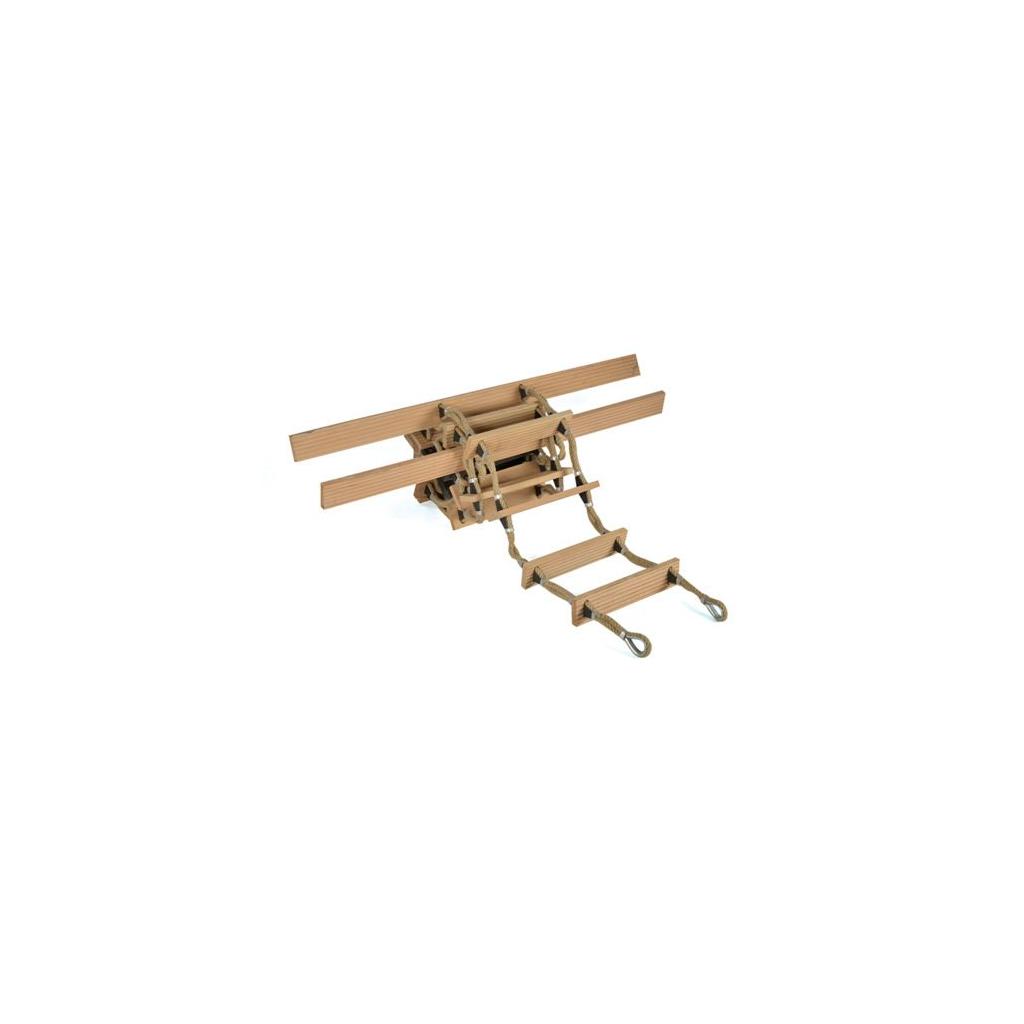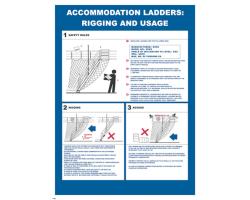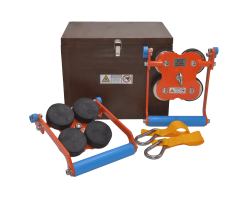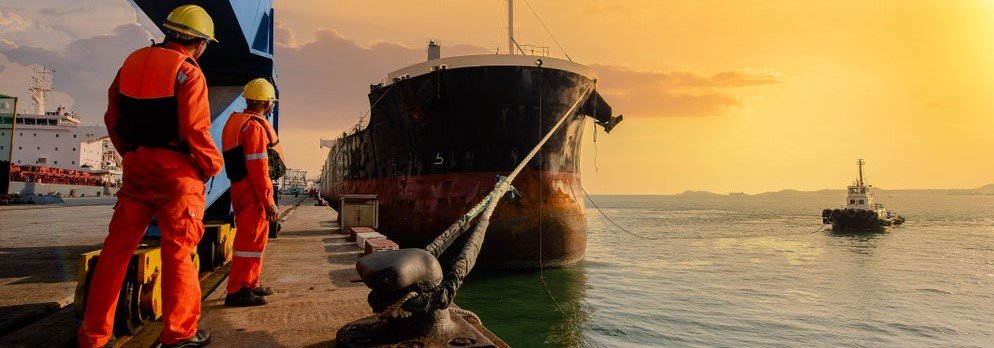Pilot Ladder
Hardwood (Beech Wood) Pilot Ladder, designed for safe and efficient crew transfer. Key features include durable hardwood steps, rubber bottom steps for superior grip, robust 4-strand manila rope, and aluminium rope clamps. Certified with the Istituto Giordano Wheelmark, it complies with IMO Res. A.1045(27), ISO 799-1:2019, and SOLAS 74 Convention as amended, Reg. V/23 and X/3, in accordance with Directive 2014/90/EU – Reg. (EU) 2023/1667, MED/4.49 – Pilot Ladder. Made for pilot and crew boarding, this ladder supports safe and secure transferring of crew, fully meeting the latest IMO MSC 88 amendment standards.
*Available in various lengths with full pricing details in the drop-down menu. If you require a Type B version (Supplied with an extended upper section and additional tie-down rope), please contact us at info@icbrindle.com to discuss your requirements.
*Magnetic Ladder Locker Attachment: provides an extra layer of security by firmly securing the ladder in place with powerful magnets. With over 500 KG of lift and pull ratings, this attachment ensures stability and prevents accidental movement during crew transfers, offering peace of mind during regular pilot ladder operations.
*Note - All Pilot and Embarkation Ladders are made to order and cannot be returned and refunded unless the goods are deemed faulty.
Marine Pilot Ladder - Pilot Ship Vessel Ladder with Beech Wood Spreaders for Pilot Boat Boarding – Sturdy Hardwood Steps Pilot Access Ladder
What Do I Use a Pilot Ladder For?
The pilot ladder is used for the pilot to transfer from their pilot boats and the ships they guide, as well as crews getting in and out vessels in normal situations. The pilot ladder has a spreader, differential from the embarkation ladder in it's design. The steps of each ladder are made of hard wood, except for the last 4 steps, which are made of rubber. The pilot ladder is a safe and stable means of transferring personnel into and out of a vessel safely.
Why Do I Need a Pilot Ladder?
In December 2010 IMO MSC 88 adopted MSC.308(88), which contains amendments to SOLAS regulation V/23 and IMO resolution A.1045(27) this amendment provides additional recommendation for pilot ladder arrangements and pilot transfer arrangements applicable to all new built vessels and some existing vessels - Read latest article on Pilot Ladder operations.
Key Features & Equipment Benefits
- Enables Crews To Get In And Out Of Vessel: Ensures safe and efficient transfer of personnel.
- Hard Wood Steps For Durability: Provides durability and longevity.
- Last 4 Steps Made From Rubber For Foot Purchase: Offers superior foot purchase and stability.
- Hardwood (Beech Wood) Spreader: Adds strength and stability to the ladder.
- 4 Strand Manila Rope: Ensures exceptional durability and load-bearing capacity.
- Step Thimbles: Hardwood (Beech Wood): Reinforces and extends the lifespan of the steps.
- Aluminium Rope Clamp: Secures attachment and enhances safety.
- Istituto Giordano Wheelmark: Certifies adherence to rigorous safety standards.
- Complies with IMO Res. A.1045(27), ISO 799-1:2019, SOLAS 74 Convention as Amended Reg. V/23, Reg. X/3, 2014/90/EU - Reg. (EU) 2023/1667, MED/4.49 - Pilot Ladder (Manila or Synthetic Pilot Ladder)
- Customisable Lengths: Tailor the ladder to your vessel's specific requirements, ensuring optimal fit and functionality for your operations.
- Optional Magnetic Ladder Locker Attachment: Designed as an add-on feature for the pilot ladder, it provides an extra layer of security by firmly securing the ladder in place with powerful magnets. With over 500 KG of lift and pull ratings, this attachment ensures stability and prevents accidental movement during crew transfers.
Technical Information:
- Material: Hardwood (Beech Wood) Steps, Rubber Last 4 Steps, Hardwood (Beech Wood) Spreader
- Rope Type: 4 Strand Manila Rope
- Additional Features: Step Thimbles: Hardwood (Beech Wood), Aluminium Rope Clamp
- Certification: Istituto Giordano Wheelmark, Complies with IMO Res. A.1045(27), ISO 799-1:2019, SOLAS 74 Convention as Amended Reg. V/23, Reg. X/3, 2014/90/EU - Reg. (EU) 2023/1667, MED/4.49 - Pilot Ladder (Manila or Synthetic)
- Length Configuration: Available in lengths ranging from 2 to 20 metres
- IMPA: 232061
*Note - All Pilot and Embarkation Ladders are made to order and cannot be returned and refunded unless the goods are deemed faulty.
SPECIFICATION
-
Enables crews to get in and out of vessel
-
Hard wood steps for durability
-
Last 4 steps made from rubber for foot purchase
-
Hardwood (beech wood) spreader
-
4 Strand Manila rope
-
Step Thimbles: Hardwood (beech wood)
-
Aluminium rope clamp
-
Istituto Giordano Wheelmark
-
Complies with IMO Res. A1045(27), MSC / Circ. 1428,
-
ISO 799 (2004), SOLAS 74 Conv. as, amended Reg. V23, X/3
-
IMPA Code: 232061
Contact Us
Need any help? Get in touch with an expert via the contact form below.

















